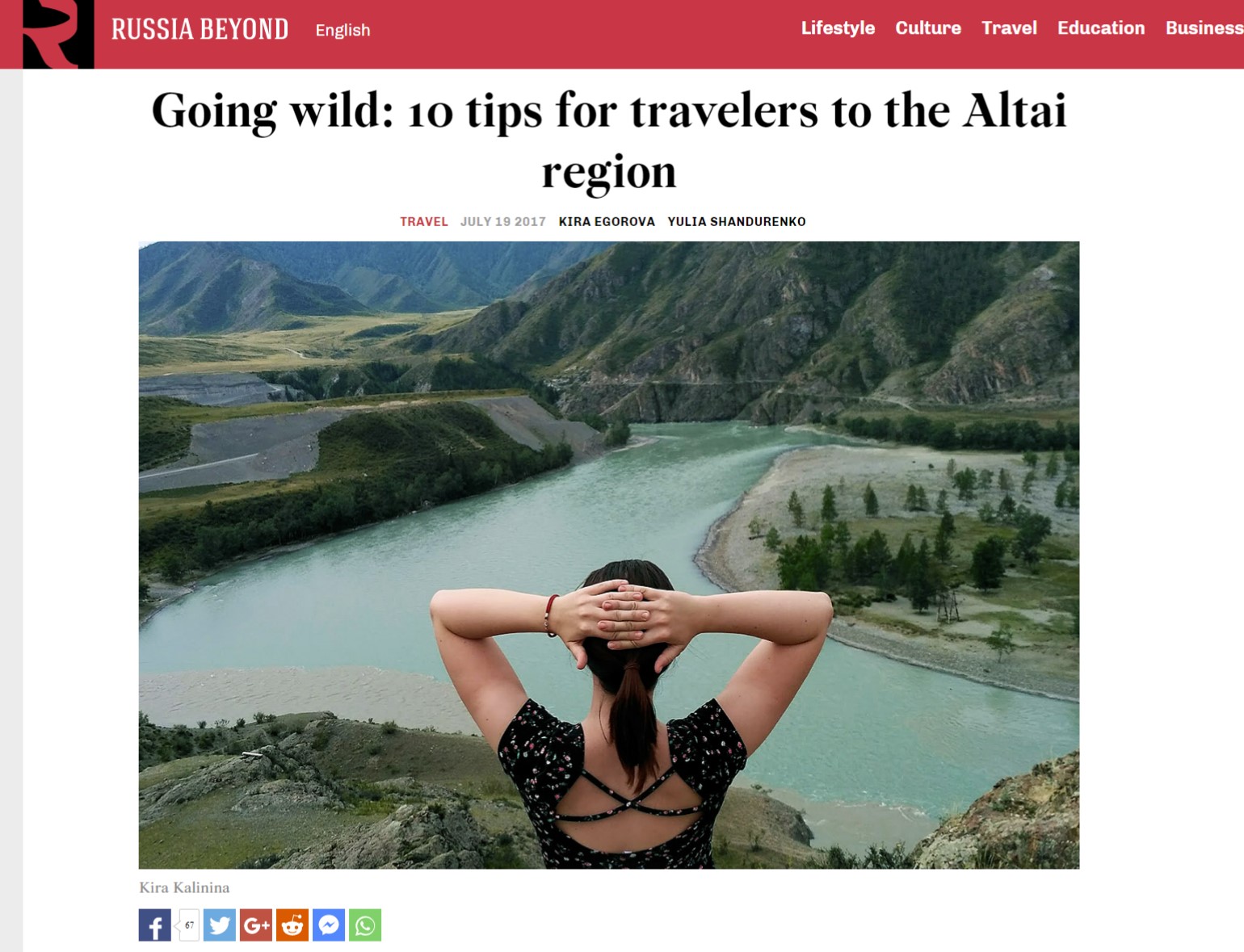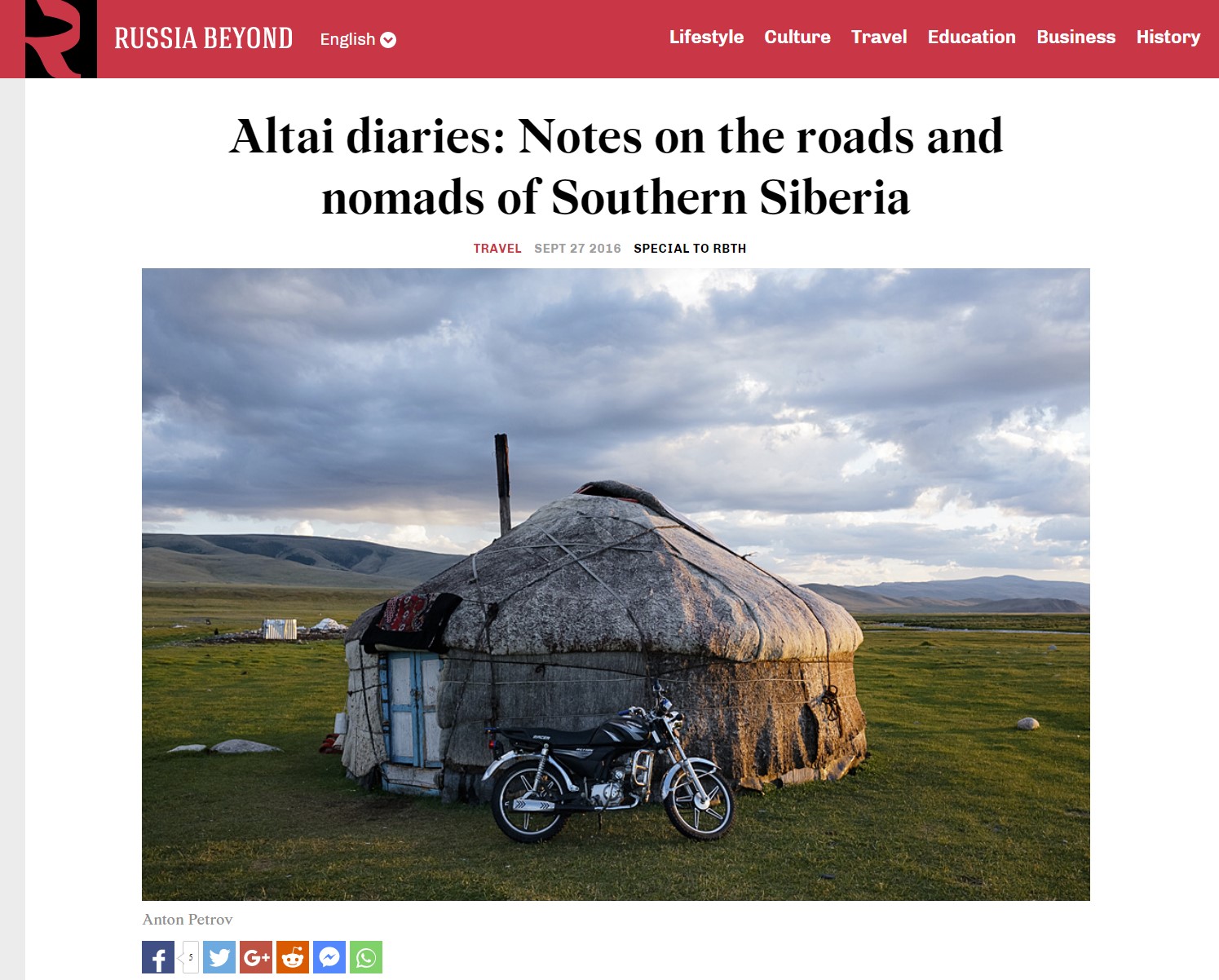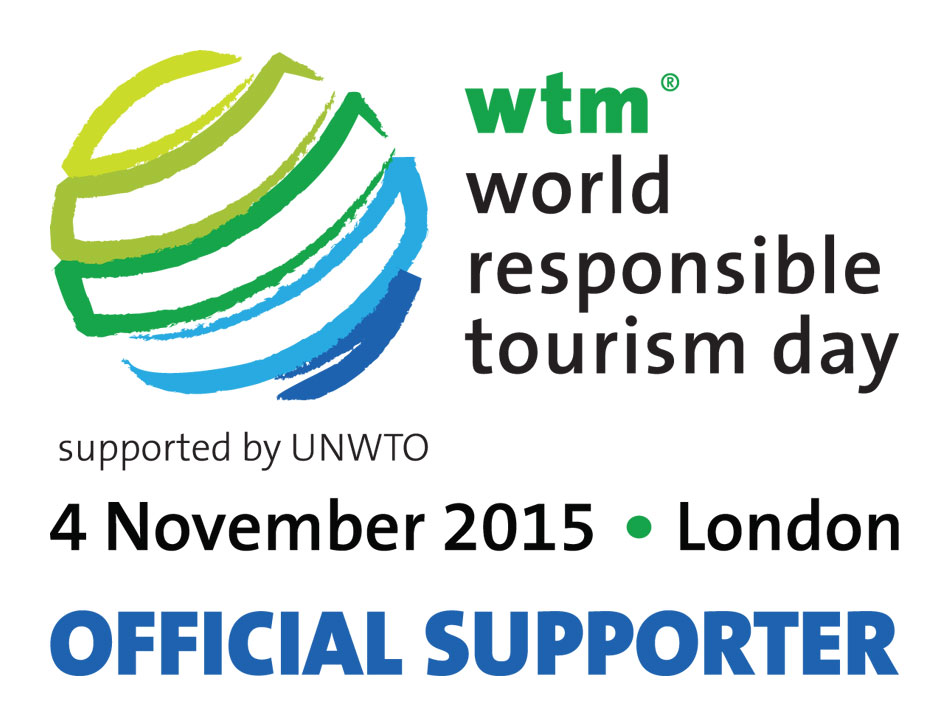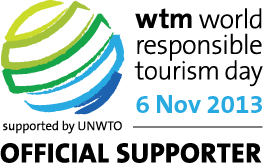Altai Krai Profile
Altai krai (also spelled Altay, Altaisky) is a region located in the south-east of Western Siberia in Russia, part of the Siberian Federal District. It is an integral part of a vast land at the heart of Eurasia. It marks the spot where the Steppe Altai merges into the most pristine mountain area, where the mythical Shambala is fabled to be found. It spans for 560 km from West to East and for 500 km from North to South. In the south and west, Altai krai borders with East Kazakhstan and Altai Republic. The distance between Barnaul, the administrative centre of the territory, and Moscow is 3419 km, between Barnaul and Irkutsk 1970 km. The mountainous part borders with lowland in the eastern and southern parts - Salairsky mountain range and Altai foothills. The western and central parts are mostly lowlands - Priobskoye plateau, Biysko-Chumyshskaya hill and Kulundinskaya steppe. Several natural areas are presented in the territory of the krai: steppe, forest-steppe, taiga, and mountains. Altai's treasure is its woods. Mostly the northern and central area of the territory is
occupied with small forests of birches and aspens, so called gullies. Most of the woods are situated in the north-eastern and eastern regions, mainly so-called "black taiga" consisting of pines, firs and larches. There are also pure pine forests such as unique pine forest belts crossing the stepp zone. Mountain rivers boil up in canyons, caves save the secrets of ancient people life. There are hundreds of fresh, salt, salt-bitter lakes. The river Ob' is one of the greatest water arteries in Eurasia and the world. It forms with the junction of two rivers Biya and Katun'. The southern part is occupied by mountain ridges of Altai-Sainskaya system, comparatively low (to 2490 meters), but incredibly picturesque and various. CAPITAL: Barnaul (founded in 1730, population 632,372 in 2018, area 940 km2 (360 sq mi)) What to see in the gateway to Altai? continue here
AREA: 169,100 km2 (65,300 sq mi), 22nd by area in Russia POPULATION & NATIONALITIES: 2,333,000 in 2019, Russians form a majority
of the population, at 93.9%. Germans are the second-largest group, at 2.1%. Other groups include Ukrainians (1.4%), Kazakhs (0.3%), Tatars (0.3%), Belarusians (0.2%), Armenians (0.3%), and people of other ethnicities. CLIMATE The climate of the region is temperate, close to the continental with cold, long, snowy winters and short, warm, sometimes hot summers. The hottest summer month is July. Its average temperature in mountain areas is +6-7°— and +20°— in flat areas. Maximum summer temperature is +40°—. The winter averages differ from -17-18°— on plains to -21-25°— in mountains. Winter minimum falls down to -50°—. Altai Territory is one of the sunniest regions of Western Siberia. Its north receives the same amount of sunshine as the central Ukraine, and its south-west is similar to Southern Crimea in this characteristics. However, the most of fine days are in the winter season. About 70% of annual precipitation fall on summer period and thunderstorms are frequent in HISTORY The upper Ob and Altai foothills were inhabited by Russians since the second half of the 17th century. The region’s development began after two fortresses were built to protect against nomads - Bikatunskaya and Beloyarskaya fortresses. The Great Northern War against Sweden (1700-1721) caused a number of problems in Russia, one of which - getting own metals and especially copper, necessary for making guns, coinage, casting bells. Before the war, Russia imported copper from Sweden, but Peter the First had to turn to its own natural resources. Several expeditions were sent to Altai for geological exploration. In 1729, the first Altai metallurgical plant, Kolyvan-Voskresensky plant, was opened. Altai land was also rich in silver. The mining industry based on serf labor of peasants was formed in Altai. In the 1730s, Barnaul was founded, it was a settlement near the silver-plant that belonged to Akinfy Demidov. NATURE PRESERVES / WILDLIFE SANCTURIES
Area: 38,200 hectares (includes meadows, forests, swamps, 96 km of the Katun River and about 70 isles) Location: 62 km from Biysk, left bank of Katun’ river, near Belokurikha resort
Lebediny (Swan) Reserve was established in 1973. The lake does not freeze over because of the warm springs at its bottom and swans come to spend the winter here. In winters, this place looks like it should belong to a fairy tale. Every year up to 500 whooper swans come to the lake, as well as 2,000-2,500 ducks.
White swans live here among the frozen rivers, glazed trees and frozen mist! Hundreds of these elegant birds flap their wings, filling the air with their cries. Swan Lake is one of the few wintering grounds for wild whooper swans. There is an observation area arranged on the lake (entrance fee starts at RUB 100), and jaegers feed the birds. It is planned to create an environmental path here to help visitors learn more about the life of the reserve. Tourists have been coming here for several years now to see the unusual sight of white birds that feel quite comfortable amidst The best time to watch the swans is early morning or during the hours before sunset. However, we should remember that on frosty, windless days it can be too foggy to see the birds. At about noon, the majority of whooper swans fly away from the lake. A very good time for watching the birds is on warmer days in late November or early December: this is the time when the birds fly a lot. It is better to visit the lake on days that are not windy; the water bodies are not covered with fog, so you can see the birds better. Natural park “Lake Aya”
Area: 2,000 hectares (includes pine, pine-birch woods, lake Aya, steppes, meadows, the Katun’s flood plain) Location: Altaiskiy district. In picturesque valley of the river Katun'.
Nature park of the regional importance “Aya” was created in 1994 with the aim of security and renewal of natural resources. The main attraction is the lake Aya. Warm and freshwater. It is situated in one of three mountain hollows on the surface of the ancient above-the-flood-plain terrace on the left bank of the Katun’, on the height of 280 meters above the sea level and 75 meters above Katun’ level. One do not need a special permission of visiting of natural park "Aya". On the territory there are ten tourist's objects: bases, hotels, campings, sites. Tigireksky State Nature Reserve
Location: in southern Altai (the Zmeinogorsky, Tretyakovsky and Krasnoshchyokovsky districts)
Tigireksky Nature Reserve consists of 3 areas: Khankharinsky (Krasnoshchyokovsky District), Tigireksky (Krasnoshchyokovsky District) and Beloretsky (Zmeinogorsky and Tretyakovsky Districts). The mission of reserve is to ensure lasting and harmonious interaction between people and nature. The aim of creating Tigireksky Reserve was to include Western Altai’s typical natural systems of black taiga, forest-steppe, and other middle altitude landscapes in Russia and the world’s protected areas system of critical natural areas, in order to protect their biological diversity and ecological structure. Reserve area is characterized by a mild climate. The mountainous terrain influences the climate and the overall vertical distribution patterns for soil types and vegetation. The nature of atmospheric processes if defined by the area’s exposure to the Arctic Ocean,
 Central Asia, and Kazakhstan, which provide for penetration of both cold arctic and warm tropical masses. Central Asia, and Kazakhstan, which provide for penetration of both cold arctic and warm tropical masses.The flora of the reserve totals 755 species of vascular plants, 89 species of bryophytes, 232 species of aquatic plants, 21 species of myxomycetes, 257 species of mushrooms, and 383 species of lichen. Some of them are endangered and included in the national and regional lists of endangered species within the reserve. The reserve’s vegetation varies greatly by elevation. It can be divided into three vegetation belts, lowland (up to 900 m above sea level) and mid-range (900 m to 1400 m) and highland (above 1400 m).
The reserve is home to 63 animal species, 182 bird species, 6 reptile species, 2 amphibian species, 10 species of bony fishes, and more than 2,000 species of invertebrates. It is worth noting that invertebrate species have only recently begun to be studied and that their total number is quite incomplete. 38 endangered species live in Tigireksky Reserve, listed in the national and regional Red Data Books.
Few unique historical sites are located on the territory of reserve. Razrabotnaya Mountain
is a historical site and the second highest point in the reserve (1961 m above sea level). At the end of 18th century, French naturalist E.M. Patren discovered cloudy blue aquamarine and rosy quartz here. This deposit is known as Tigirezkye belki (“Tigirezkye snow-covered mountain peaks”) and was mined in the 19th century. Later a beryl over one meter in diameter was mined here and is now an exhibit in the Museum of Mining, in St. Petersburg. Strashnaya Cave (“Terrible Cave”) is known for archeological discoveries illustrating the history of human settlement in northwestern Altai. The cave contains more than 20 cultural layers, the deepest of which is as many as 40,000 years old. Paleontological material found here is unique and includes 45 species of large mammals and 43 species of small mammals, including representatives of modern Altai fauna: wolf, red deer, moose, badger, and marmot as well as a few extinct species, such as mammoth, woolly rhinoceros, cave lion. TOUR SIGHTS OF INTEREST
Biysk, the second biggest and oldest city in Altai Krai, after Barnaul, stands on the Biya river. In 2009 Biysk has celebrated its 300-year birthday. Biysk is in the historical union of the Russian Federation. The city has wonderful architectural monuments. There are 272 arch
itectural and historical monuments, about 50 archaeological monuments, 11 natural monuments. At the moment, the city is an industrial, scientific, educational and cultural center with developed social-economic sphere having a status of a Science Town. State Museum of the History of Literature, Art and Culture of Altai in Branaul was established on 8 September 1989. It focuses its activity on the history of literature, music, stage and screen, visual arts and Altai folk art. At present there are about 72,000 depository items in the museum collection. Among them are: personal collection of V.M. Shukshin, a writer, movie director and actor; family collection of N.K. Roerich who, a painter, scientist and a public figure; fund of a native of Altai, G.D. Grebenstchikoff, a writer and funds of other Altai cultural workers and thematic works. The expositional complex of the museum consists of 12 thematic rooms which reflect historical and cultural processes on the Altai territory from the Scythian Epoch till nowadays. Resort city of Belokurikha is the region's most popular resort. The so-called valley of 
health has been welcoming people at its health resorts since Soviet times: Belokurikha, Russia, Siberia, Katun and Resort SPA hotel Belovodye. It is located a short distance from the city and is hidden in the valley, surrounded by mountains on all sides. In this regard, there is little wind at the resort and many sunny days. The climate is mild, with no extreme temperatures; warm by standards of the Siberian winter. Health centres use natural mineral water, radon, lake mud and blue clay for treatment. Locals say, «nature heals all wounds». This is something you can trust, as Siberia boasts a lot of «long livers». In winters, the resort opens ski trails. The total length of all slopes is about 7 kilometers. There are five drag lifts and a chairlift (open all year round, ticket price is RUB 400). The salt waters and healing muds of Lake Bolshoye Yarovoye attract tourists in the summers. The lake's healing properties place it on a par with the Dead Sea for good reason. Yarovoye is a small industrial town. It is rich in shops and cafes. During high season, out-of-town artists come to entertain tourists. Yarovoye is very popular among young people as an inexpensive analogue of a seaside resort. They have invented a 
motto: «Yarovoye is our sea». The beaches here are like «havens» with parties day and night. The holiday season is short: from June to August. The high season for tourists is in July. Denisova Cave included in the list of "World-wide heritage of UNESCO" is one of the few places where you can witness archaeological excavations in process. It is the only place on our planet where one can find the traces of almost all the last epochs on one monument. The oldest Palaeolithic site on the territory of Russia was discovered by the archaeologists on the Karama river (estimated from 800 thousand up to 1 million years B.C.) which made the scientists think the concept of human civilization development in Siberia. Researches assumed that homo altaiensis (the Altai man) were a separate branch in human evolution. This came as a bombshell for the scientific world. The cave is surrounded by the archaeological camp. The camp staff will take you on educational tours. And the local cafe offers delicious cuisine. 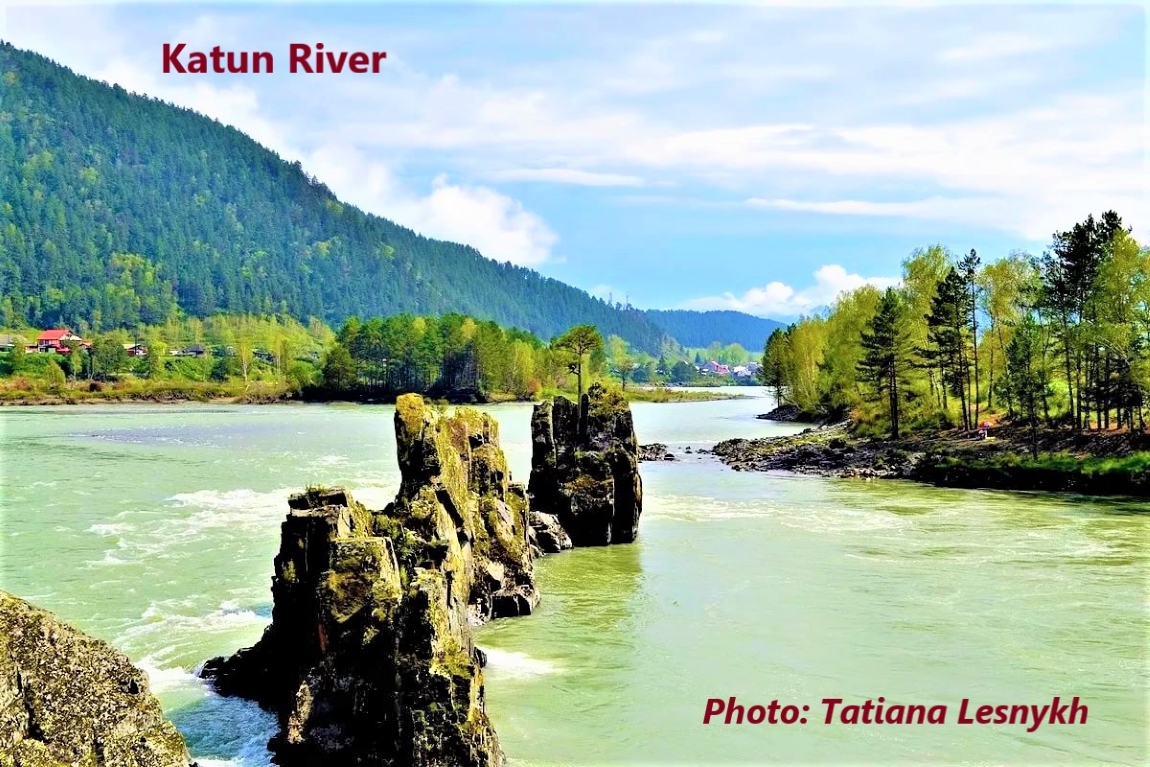
Waterfall cascade on the Shinok river is the most remarkable and most known nature monument in Soloneshenskiy district; today there is a state natural wildlife preserve here. Water, falling down from huge stones, roars in a narrow valley; 12 stones are numbered on 13 km of a stony riverbed with a rough current. The biggest ones are called “Yogi” (10 m), “Tender Mirage” (28 m) and “Giraffe” which has a “neck” from falling jets of 72 m high – it is the highest waterfall in Altai. The river squeezed between mountain gorges is very beautiful. In some places there appeared small hollows filled with water where it is possible to swim in hot weather. Sometimes the rainbow can be seen through the sunlight. 259 species of plants are found in the river valley among which there are rare and endangered medical herbs. Srostki is the birthplace of the famous actor, writer, film director Vasily Shukshin. Mount Piquet has a monument in his honor and a memorial museum-reserve. Every year the all-Russian festival «Shukshin days in Altai» is held here. It will take you a couple of hours to explore the museum, take a walk around the village and climb Piquet. 
Kucherlinsky lakes are three reservoirs in the Ust-Koksinsky district of the Altai Republic. The largest and most picturesque of them is at an altitude of 1,790 meters. The emerald waters of glacial lakes and virgin nature are breathtaking! Lakes are open to the public visits from May to September. Lovers of hiking can get there on their own, with tents and backpacks on their shoulders. Read more about this unique place by this link.
The Katun’ River is a famous Altai river, originating at the Gebler glacier, 2,000 meters above sea level. The river's water may change color, depending on the season. The bright leaves of trees and bushes along the banks serve to complement the beauty of the Katun’. The time to see the river in all its splendor is before the real cold season sets in. In spring and summer the river is fed by rains, thaw water, and glaciers. The water at this time is muddy and gray, losing its blue-green color. In fall and winter the river is fed by ground waters and looks totally different. The river's middle part and its tributaries are used for rafting of difficulty grades 4 to 6. The lower part offers great rafting opportunities for novices and families with children. At the same time, you can feel the strength and power of the Katun’ at its every part. There are also fishing opportunities. The river is home to the sterlet, Siberian white salmon, ide, pike perch, grayling, burbot, and other fish. The Charysh River on the site from border of Altai Krai and the Republic of Altai up to village Charyshskoe is the most beautiful place equally suitable for rafting and meditative rest. The Charysh is one of the most beautiful rivers of Altai Krai, but this beauty is not in wildness of water roaring in rapids, as on its tributaries the Kumir and the Korgon, but in its peculiar majesty, beauty of coastal rocks, in smooth bends of the riverbed, in green hills towering above the river and mountains. “Biryuzovaya Katun” is located on the left Bank on the territory of Altai region and has an area of 3,326 ha. The main attraction is the artificial lake with an area of 7 hectares and a depth of 5 meters, which partially solves the problem of the presence of warm waters in the Altai — the water temperature in this lake in the summer, never drops below 23 degrees. Read a travel diary: ‘Altai Krai is a paradise for those seeking adventure’ here EVENTS
You’ll be able to participate in various local snow games and fun activities, such as skating, skiing, sledding, dog sled races, Ded Moroz races, etc., as well as see many concerts and spectacular shows. The holiday lasts for two days — each day at a different venue. The Blooming Rhododendron Holiday traditionally opens the summer tourist season. Tourists start coming to Altai in May. Altai offers them a hospitable welcome with singing, dancing and treats. No one leaves without a stunning photo in the thickets of bright pink rhododendron. Location: Turquoise Katun, Altai Krai. More details at: http://maralnik.visitaltai.info/ Siberian Maslenitsa (Pancake Week): festival. All the attributes of a happy holiday: girls jumping over a fire and making straw dolls, and boys trying to climb a pole for a prize. The festivities in March attract thousands of tourists from Altai Krai and other regions.
Shukshin days in Altai: all-Russian festival. Readings from Shukshin began in the 1970s as a national initiative, a tribute to the memory of the famous writer and film director from his fellow-countrymen - Vasily Makarovich Shukshin. Festival events take place in Barnaul and Biysk and terminate in the village of Srostki, the birthplace of the great artist. Thousands of people from Russia and foreign countries come to Altai region to commemorate the talent of V.M. Shukshin. Each year the festival had some peculiarities. The most remarkable festival was conducted in 1999 when it got the status of the All-Russian festival. Moreover the year of 1999 gave a start to Shukshin’s cinema festival. This currently is the largest event in Altai Krai. Every year, in July, the festival welcomes visitors from all over Russia, including famous actors, musicians, and writers. The program features film screenings, exhibitions, concerts and creative meetings. The most interesting event worth visiting is the concert and festivities on Mount Piquet. Regional folkfestival “The Drevo”. The idea to create a folk festival emerged in 1996. Its Every year the festival changes its location. It has been already held in different beautiful places of Altai, such as Savvushki Lake, the Katun River and others. Beautiful and picturesque nature of Altai region and old but memorable folk traditions inspired the participant of the Festival. As the years go by other regions and even countries (the Altai Republic, Perm, Krasnoyarsk, Omsk, Kemerovo regions and the Republic of Kazakhstan) participate in the Festival. Regional Cossack Festival. This festival is annually held in the town of Zmeinogorsk and organized by Altai Cossacks. The idea of the festival creation emerged after the reconstruction of the monument devoted to Ermak in Zmeinogorsk. Since 2006 the festival that got the name “The descendants of Ermak” is annually held at the monument pedestal. ___________________________________________________________________________________________________________ Our Altai Krai Mass Media digest below: Where to go to have a great time Where to go to have a great timeThere are two large regions called Altai: the Altai Republic with the administrative center in Gorno-Altaysk and the Altai Krai with its capital Barnaul. The most famous attractions are in the Altai Mountains, but you can also spend some great days in Altai Krai. Here I am telling you where to go in the Altai Krai to have a great time. VISIT BELOKURIKHA - TO WALK ALONG A TERRENKUR I have to tell you that I've heard the term "terrenkur" (from the French "terrain cours" - health walking) for the first time here. Until that moment I did not know that these are health trails. Maybe because I was never a fan of sanatorium treatments (the main reason everyone comes to the Belokurikha balneological resort), maybe because I prefer to use the term - hiking. There are several trails near Belokurikha with different levels of complexity and length. One rainy day, I took one of trails, which was 2.5km long, to the "Old Mill", and then I took a chair lift to the main attraction - Mount Tserkovka. The 815 meter high mountain was named so, because it looks like a church dome. It’s easy to navigate the trails, and find your way to the picturesque rocks “Two Sisters” and “Four Brothers”. Continue reading travel diaries by a professional traveler and photographer O. Rastegaeva here
Road trip in a land of stunning views where English isn't spoken. Despite the remoteness of the Altai region and its distance from Russia’s capitals, many foreigners come here. The mountains, lakes, woods and deserts of the Altai Republic and the Altai Territory make a spectacular destination. Here, on the borders of Mongolia and Kazakhstan are the relics of old shamanic religions and prehistoric rock-carvings above meadows full of flowers. There are opportunities for rafting, hiking, mountain climbing and sleeping in traditional yurts. Here are a few tips on how to blend in when traveling to one of the most exotic regions of Russia.`
For further reading the article click here
The Siberia: Joining the Dots team – journalist Anna Gruzdeva, photographer and Buddhist lama Daba Dabayev and photo reporter Anton Petrov –spent two summers in the Altai. They wanted to find out more about the daily life of modern Altai nomads and earn their trust. Continue reading here
|
|
World time
--:-- :--
--.--.--
Our TOURS by CategoryOur Special ServicesSearch
Send an e-mail:
|
language: ENG / RUS
© All rights reserved by Absolute Siberia LTD.
|
Weather in Irkutsk
Our NEWS 25.02 2015 15.05 2013 |



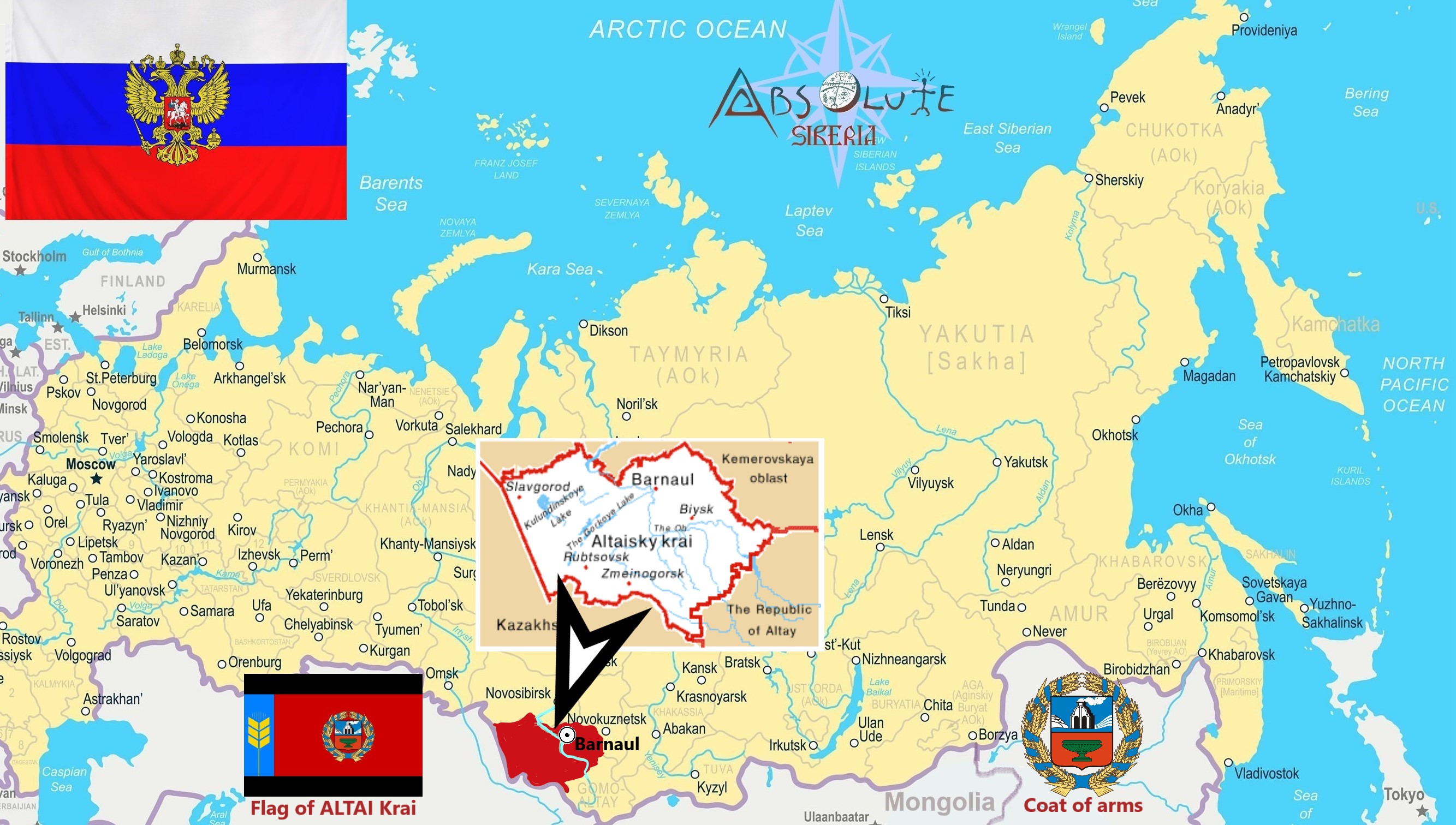
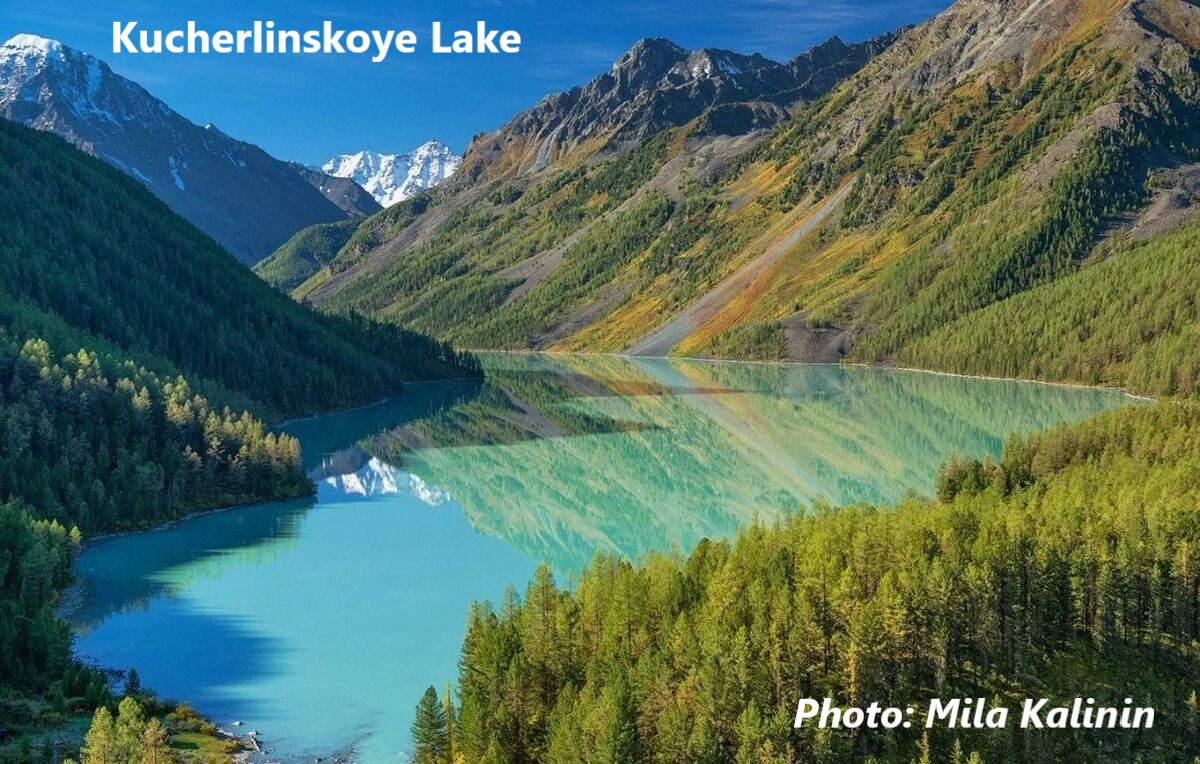 LOCATION & GEOGRAPHY
LOCATION & GEOGRAPHY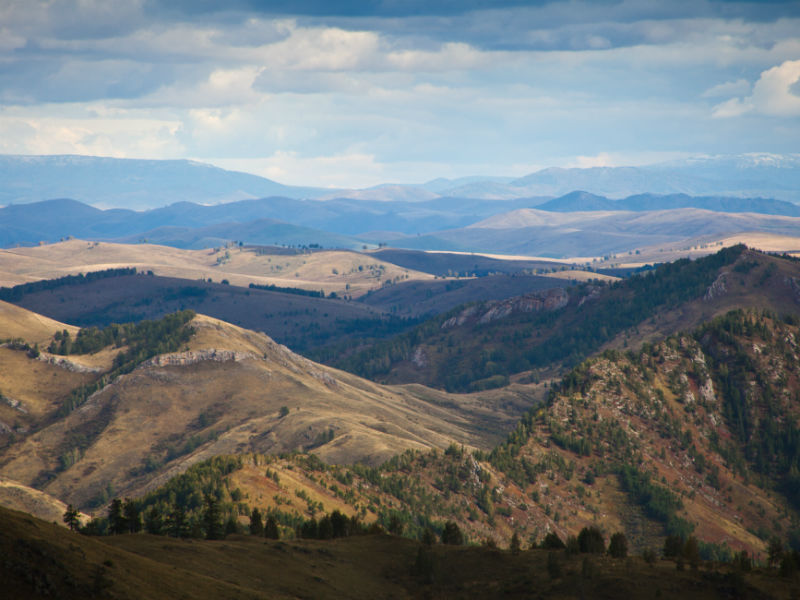
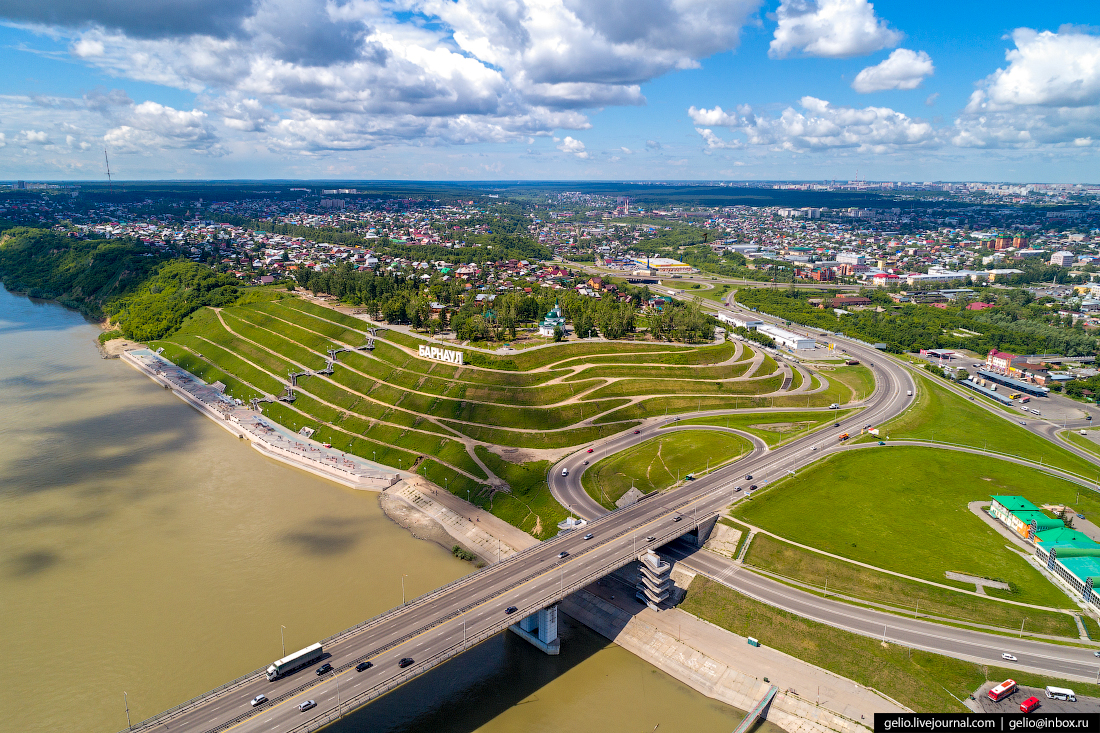
 summer months.
summer months.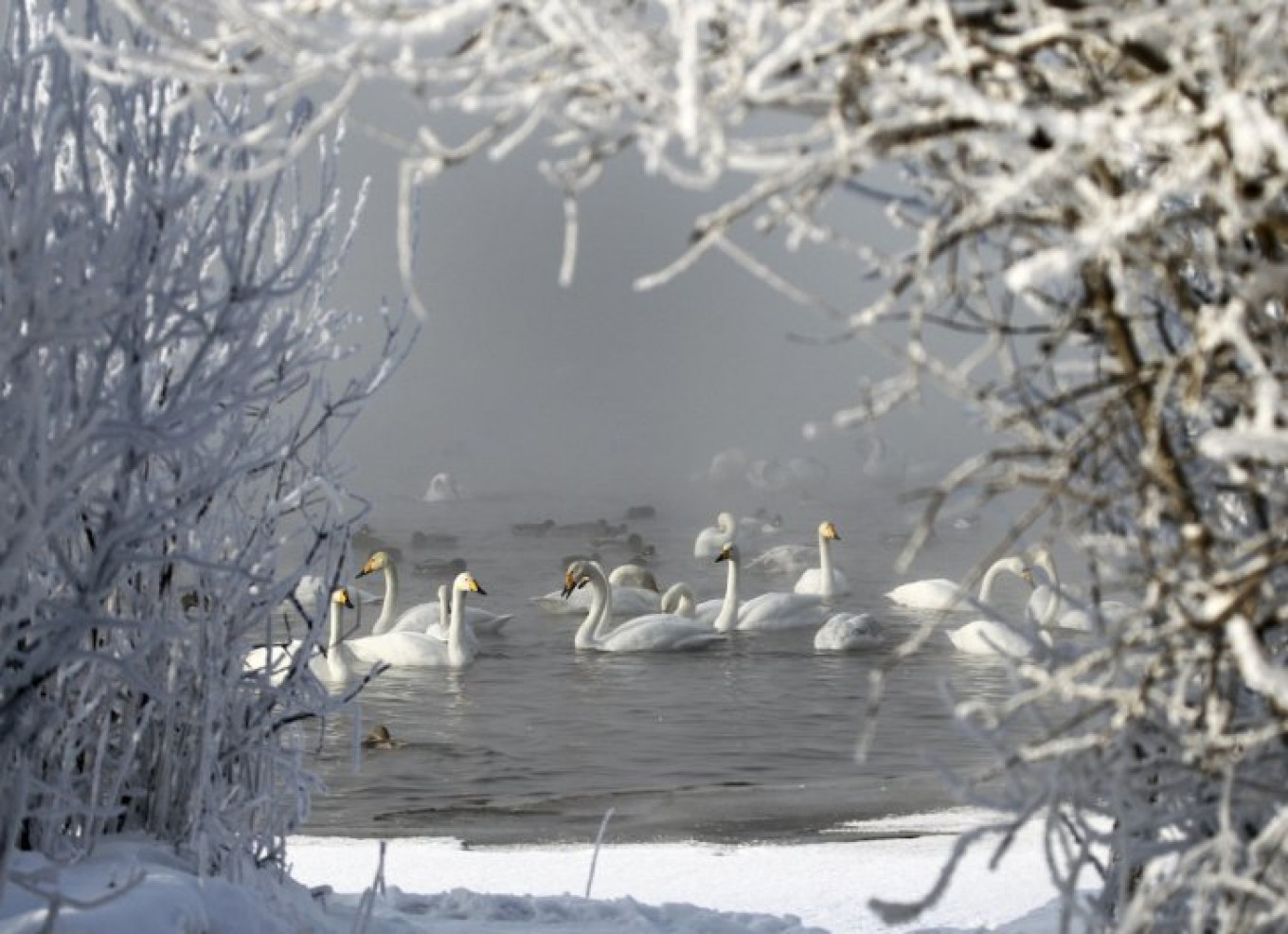 Lebediny (Swans) Reserve
Lebediny (Swans) Reserve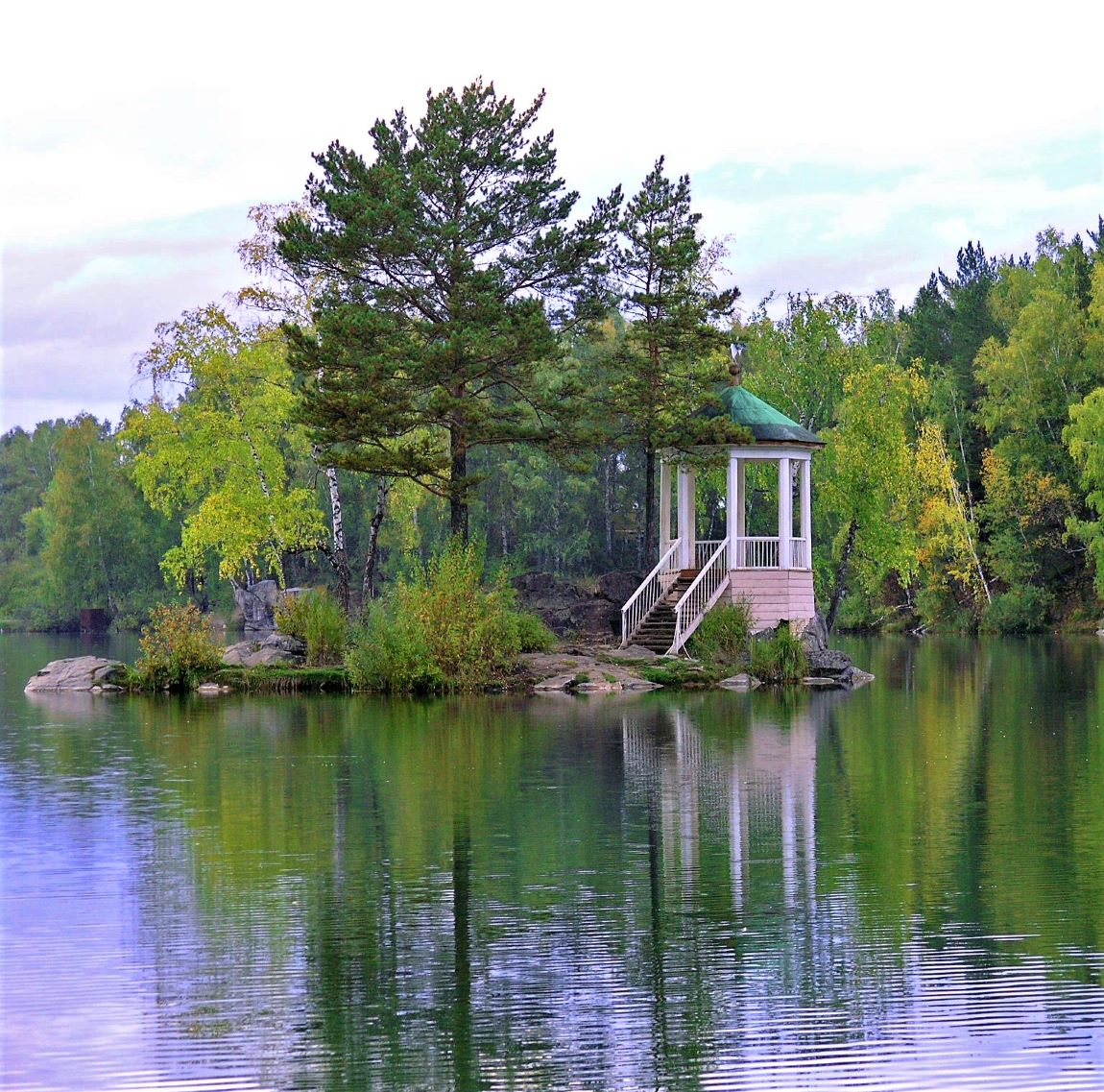 Siberian snows.
Siberian snows.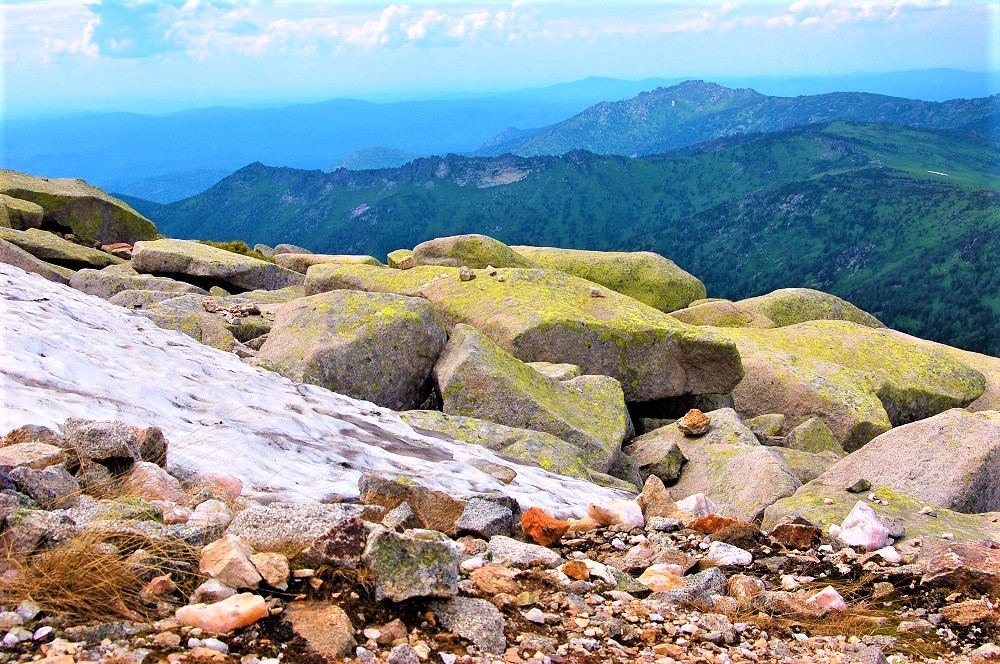 Area: 41,505 hectares, with a protective zone of 26,257 hectares.
Area: 41,505 hectares, with a protective zone of 26,257 hectares.
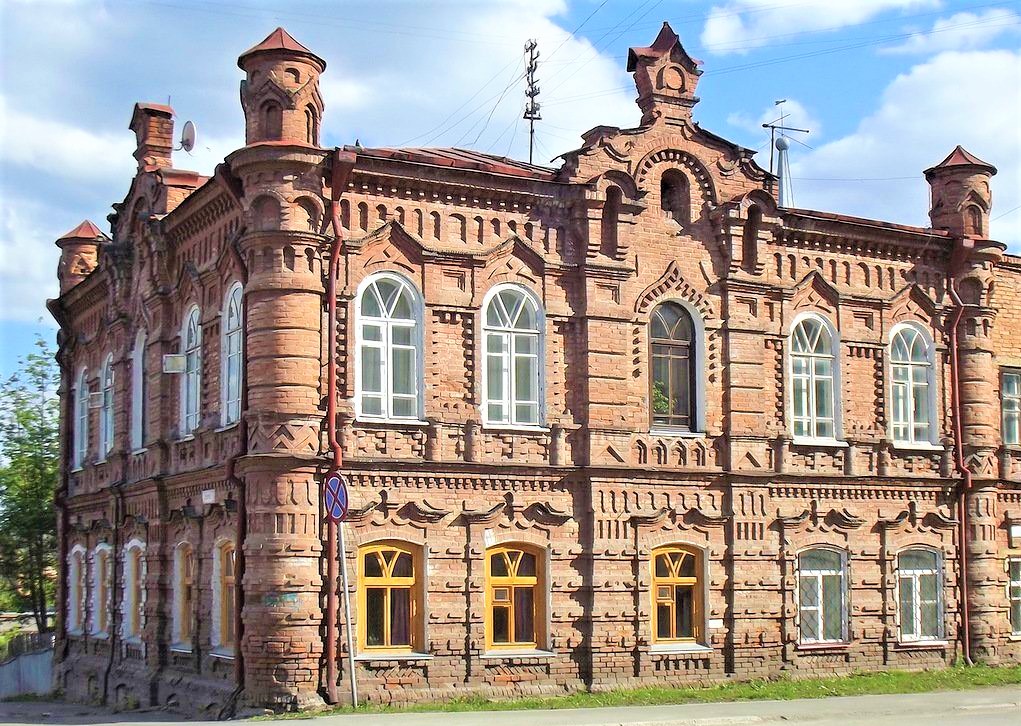
.jpg) The Altai Wintering Festival
The Altai Wintering Festival  Location: the village of Novotyryshkino.
Location: the village of Novotyryshkino.  name “Drevo” (or tree) represents the continuity of folk traditions in Altai region. The first festival took place in Barnaul in 1998.
name “Drevo” (or tree) represents the continuity of folk traditions in Altai region. The first festival took place in Barnaul in 1998.